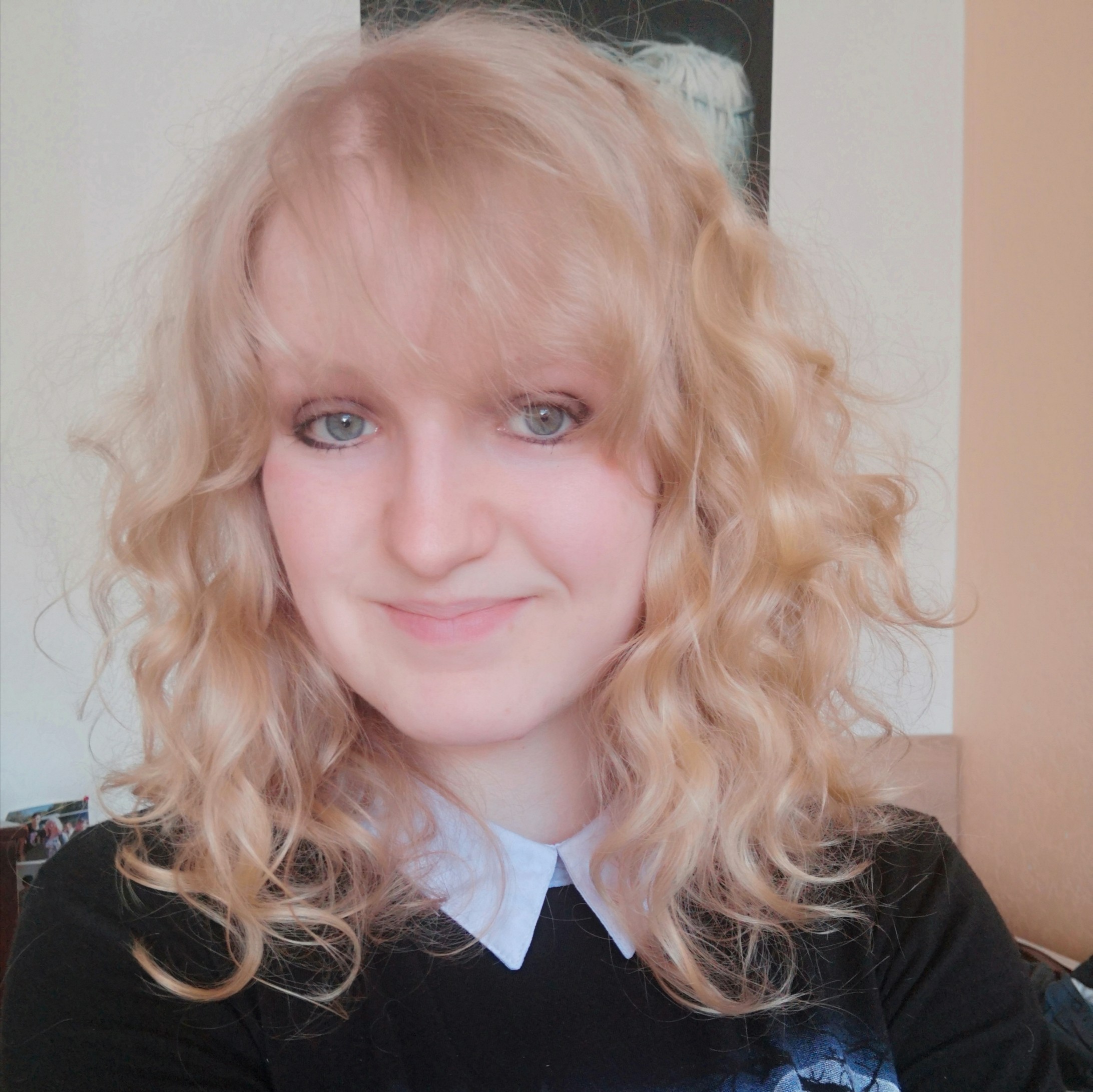Cassiopée Eusebe, BA Digital Arts with a Year in Industry student, spent her placement year as a Layout Designer at Caribara Annecy. Read on to find out about what her role involved, the highlight of her placement year, and her plans for the future:
Why did you choose to study at Kent?
I have always been interested in studying abroad, and a friend of the family happened to study there. She told me all about the University, and I looked for a degree that looked attractive to me. I travelled to Canterbury for an open day, and everyone was incredibly nice. There were lots of facilities, the lecturers seemed to be really supportive, and how not to fall in love with such a gigantic library? I noticed that there were a lot of international students as well, which helped me to choose this University.
Could you tell us about the support available when looking for a placement?
My class regularly had lectures with Kate Ayres, who works as in the Employability and Placements team. She helped us practice for interviews and improve our CVs. I could book a few face to face meetings with her so that we could discuss my placement research on a more personal basis. I also asked my lecturers for advice, who all kindly helped me!
Where did you spend your placement year, and what was your role?
I found a placement at Caribara Annecy, France. It is a 2D animation company that worked on many cartoons I used to watch as a child, so it was quite amazing to find a placement there! I worked for them as a layout designer on a TV series called ‘Disco Dragon’.
What were your main responsibilities and tasks?
Disco Dragon was made with 2D puppets in a software called Harmony. Layout design is the first step of the production when working on this kind of series. This means I had to properly lay out the characters, props, FXs and backgrounds necessary for each scene in the appropriate software. I was responsible for their size, point of view and placement on the X, Y and Z axis. I also had to make sure that there were no continuity errors, and regularly discussed what to change in the retakes with my supervisor and our clients.
What was the highlight of your placement?
I sometimes had the occasion to work on other steps of the production. This includes compositing, which takes care of the lighting, blurs, and anything that has to do with the ambiance of a scene. There was a sequence where a little girl was acting embarrassed because she was in love with one of her friends and I had the idea to add some blush on her cheeks to emphasise her feelings, even though this was not asked by the client. It was my first initiative and I was really proud to see that the shot had been validated when it appeared on TV!
What are your plans for the future?
Although I do not have an exact plan, I do know that I want to work in the 2D animation industry. My placement helped me realise that I enjoy working on all kinds of 2D series, not just traditional animations. I think I will head for compositing first, as this step of the production seems to be less competitive and as attractive as animation. The company also offered for me to come back after my studies!
What advice would you give to students considering taking a placement year?
I would definitely recommend to start early! Try to take some time each week to look for a placement by working on your CV, updating your LinkedIn page or making lists of companies that you would like to work for. This will avoid you doing everything at the last minute. Do not hesitate to do speculative applications: some industries do not offer placements but might be interested in you profile! Remember that the worst thing that can happen is either getting ignored or refused and it’s okay. Seek feedback and most importantly, don’t give up ! You can do it!

